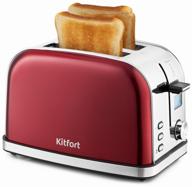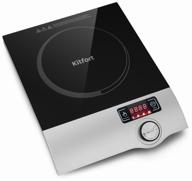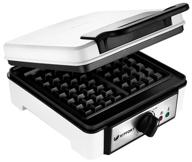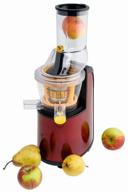
Review on 🍺 Whynter BR-1211DS Stainless Steel Beverage Refrigerator - 121 Can Capacity, Freestanding, Digital Control, Internal Fan - One Size by Abdullah Huan

For those wanting to dry-age beef
After extensive research online in search of the perfect beverage cooler for dry-aging beef, this cooler works extremely well. Most glass door beverage coolers are not cool enough or maintain the temperature stable enough to dry beef successfully. This keeps temperatures in the low to mid 30s, with the exception of a defrost cycle that runs automatically every few days. During the defrost cycle I have not noticed a temperature rise above 40°C. You need to add a wired sensor fridge/freezer thermometer so you can accurately measure the temperature and record highs and lows. I think the best temperature range for dry aged beef seems to be between 34 and 36 degrees on average. I recommend placing the thermometer in a cling film-covered glass of water so you don't get extreme temperature swings, instead monitor the temperature of something with more thermal mass as if the thermometer were at the center of your dry-aged meat. Tracking the air temperature inside the refrigerator doesn't give an equally accurate picture of the average temperature. The Thermoworks model I'm talking about can be purchased on their website for about $25, and the probe wire is thin/flat enough that it can be routed under the door seal without creating an air gap. This fridge can be a bit noisy when the compressor is running, but I was able to calm it down by finding one of the copper-colored refrigeration lines next to the compressor, which, when clamped, made less noise. I wrapped this line with lots of plumbing which acts as a good noise barrier. If you dry age the meat, and I was able to fit about 50 pounds of ribeye bones on the racks provided, there is a significant amount of moisture that you remove from the meat that condenses and freezes on the cooling mat in the back of the refrigerator . This refrigerator does an excellent job of defrosting every few days, and the water from the melted ice flows through a tiny drain into a container that sits just above the compressor. I modified my short flexible clear plastic tubing, cut a section in the side of the tank's built-in elbow overflow to allow the water level to overflow sooner, and taped the plastic tubing to the bottom of the overflow. and place the other end in a small plastic container to catch excess water. Works like clockwork. I'm sure if you don't make this change and dry out a significant amount of meat, the amount of ice that forms on the cooling mat and eventually melts during the defrost cycle will overflow the small reservoir and you'll end up with water on the ground. This is an easily fixed issue, but I don't see this as a downside as I am not using this fridge for its intended purpose. If you were just chilling drinks there wouldn't be as much ice and the storage bin would suffice. Another required modification is the addition of a small electronics/PC fan that sits behind the top shelf and runs continuously. Ensure air circulation and sufficient drying of the meat. All I did was find it at Revain for about $25, cut the power cord at the end of the plug, and run the power cord through a small defrost drain at the back of the fridge, just above the aforementioned reservoir exit. The wire runs down the side of this tank and does not interfere with the drain function. I then simply attached the connector to the cord with wire nuts and tape while threading it down the drain. This fan runs continuously and provides the necessary air movement for dry aging. Although the fridge has a built-in fan next to the light source, I don't think it runs continuously and probably isn't providing enough airflow on its own. Considering that the most basic dedicated dry-aging refrigerators cost around $1,500, this is a much more economical method for small-scale home use. Personally, I don't think built-in humidity control or a UV lamp will significantly change the quality of dry-aged meat in the 30-60 day range, and it's mostly tricks used to trick you into believing that it's custom made devices are exorbitantly expensive. Salt blocks are also essentially useless, but they won't hurt, so grab it if it makes you feel better. I'm a doctor with a background in microbiology before going to medical school, so I'm not just making hasty claims. Dry aging can be successfully done at home with excellent results. Buy selected or prime prime ribeye steaks, preferably bone-in and plenty of residual outer fat, at least 10 pounds each, place them directly on the rack in this particular refrigerator, monitor the temperature, ensure even airflow, and be patient . 45 days is the sweet spot. Anything less than 30 days isn't worth your time. Over 60 becomes too strong for most people. Cut off the dried outer film and enjoy. Hooray!
- Handy item
- So far so good
New products
Comments (0)
Top products in 🍴 Small Appliances
Another interesting products
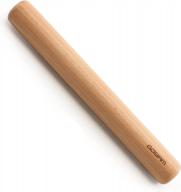
GOBAM Wood Rolling Pin: The Perfect Dough Roller For Baking Cookies, Pie, Pizza & More - 13 X 1.38 Inches

35 Review
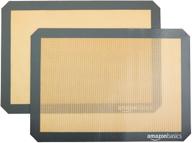
AmazonBasics Silicone Baking Mat Sheet

48 Review
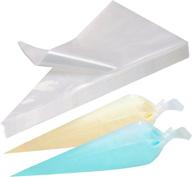
100-Pack Of Disposable 18-Inch Piping Bags For Cake, Cupcake, And Cookie Decorating - Perfect For Icing And Frosting!

41 Review
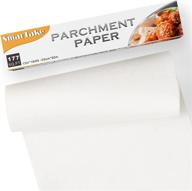
SMARTAKE Non-Stick Parchment Paper Roll, 13 In X 164 Ft (177 Sq. Ft) For Baking, Cooking, Air Fryer, Steamer, Kitchen, Cookies, Bread, And More - White Baking Pan Liner

41 Review


